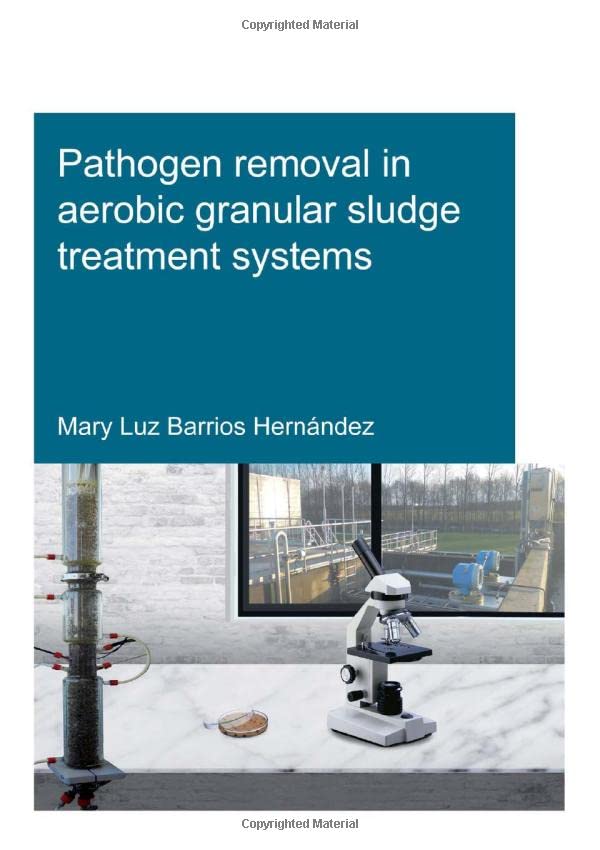

Most ebook files are in PDF format, so you can easily read them using various software such as Foxit Reader or directly on the Google Chrome browser.
Some ebook files are released by publishers in other formats such as .awz, .mobi, .epub, .fb2, etc. You may need to install specific software to read these formats on mobile/PC, such as Calibre.
Please read the tutorial at this link: https://ebookbell.com/faq
We offer FREE conversion to the popular formats you request; however, this may take some time. Therefore, right after payment, please email us, and we will try to provide the service as quickly as possible.
For some exceptional file formats or broken links (if any), please refrain from opening any disputes. Instead, email us first, and we will try to assist within a maximum of 6 hours.
EbookBell Team

4.8
14 reviewsThis book describes pathogen removal processes in aerobic granular sludge (AGS) wastewater treatment systems. Faecal indicators (E. coli,Enterococci, coliforms and bacteriophages) were tracked in full-scale AGS facilities and compared to parallel activated sludge (CAS) systems. AGS showed similar removals as the more complex CAS configurations. Removal mechanisms investigated in laboratory-scale reactors showed that the AGS morphology contributes to the removal processes. By trackingE.coliand MS2, it was observed that organisms not attached to the granules are predated by protozoa during aeration.18S RNA geneanalyses confirmed the occurrence of bacterivorous organisms (e.g.,Epistylis,Vorticella, Rhogostoma)in the system. Particulate material in the feeding stimulated their development, and a protozoa bloom arose when co-treating with (synthetic) faecal sludge (4 % v/v). An overview of the diverse eukaryotic community in laboratory reactors and real-life applications is also provided. The microbial diversity of the influent was different compared to AGS and CAS sludge samples. However, no clear differences were found between them on species level. This study contributes to a better understanding of the mechanisms behind pathogen removals in AGS systems.